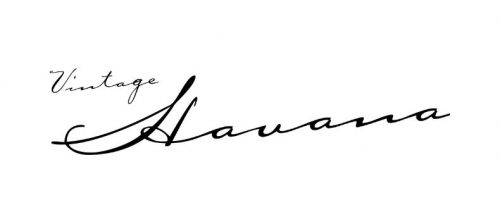FTC Disclosure:This post contains affiliate links.We’re independently supported by our readers and we may earn a commission when you buy through our links.
Table of Contents
How To Choose Cycling Shoes
You can handle a bike in about any shoe. Still, regularly, anyone who cycles a bike can profit from shoes explicitly produced for cycling—linked to conventional athletic shoes, cycling shoes with more rigid soles for a more accessible fit. More efficient energy orders while guiding your decision, whether it’s street biking, mountain biking, or traveling and running tasks in the city. Cycling shoes are usually matched with a cooperative pedal to keep your feet fast on the bike. They clip over the clipless pedals, permitting you to pedal more efficiently with each stroke. The cycling shoes are lightweight, breathable parts and adhere to the foot’s form perfectly for comfort and maintain rugged soles that carry even more force to the pedal and better connect to the bike.
In this feature, we’ll explain the differences in bicycle footwear and support you in apprehending the details you ought to revive while shopping. Here’s a short overview:
Street Biking Footwear: Cyclists requiring the most pedaling completion may also need avenue biking footwear with the most rugged soles and practice three-hollow sticking-out cleats that combine footwear with clipless pedals. They have confined tread, so they are not for long strolling.
Mountain Cycling Footwear: Mountain bicycle footwear regularly has grippy walks for combined traction on mountainous trails. There are types: footwear that crops into clipless connections have -hollow cleats, which are recessed into the sole, making strolling easier, and footwear with low pedals have a thick rubber sole; however, no cleats.
Casual Bicycle Footwear: These follow footwear and are an excellent opportunity for leisure cyclists or commuters who require several views of motorcycle footwear (together with a stiff sole or that connect to pedals); however, opt for extra excellent snug, stylish kicks. Casual bicycle footwear painted with clipless pedals has cleats that might be recessed into the sole, presenting taking walks more comfortable.
Bike Shoe Suit
Always prefer footwear that suits you thoroughly and is snug from the get-go. Your arch ought to be comfy and guarded, and your heel ought to now no long-drawn slide up and down.
Bike Shoe Purposes:
The critical roles of bicycle footwear incorporate distinctive finish styles: dials, thongs, hook-and-loop leashes, and notched cam straps with fasteners.
How Bike Shoes Should Fit
- Choose bicycle footwear that is in a form quite simply from the origin. (Due to solid soles, footwear that isn’t cushy to start with has little risk to interrupt in and end up so later.)
- All footwear must authorize your feet enough room to wiggle lightly.
- Your arch must be comfy and supported.
- Your heel must now no longer slide up and down.
Characteristics and accessories
Cycling footwear carries certainly respected one among various methods of shoe closings:
Laces provide the highest customizable in contour and comfort. They can, however, get humid and grimy in cruel conditions. When using a shoe with laces, ensure that the ends are sharp or tucked continuously to save them from growing stuck in a series without a guard.
Hook-and-loop straps provide a brief finish and stay usable in muddy, humid conditions. Belts expand much more insignificant than laces and are much more prone to live on securely. Most biking footwear has both or three straps; the more critical the straps, the further important you can adjust the shape.
Notched cam straps with fasteners are of more excellent value. However, they provide the best clamping strength and security.
Dials/ratcheting cable lace footwear, including Boa, has a dial machine that tightens cable laces. You frequently flip a knob to regulate the in shape. The dials have a quick launch mechanism to undo the laces.












